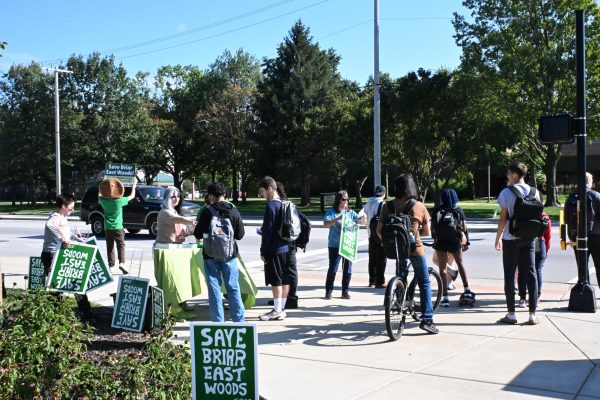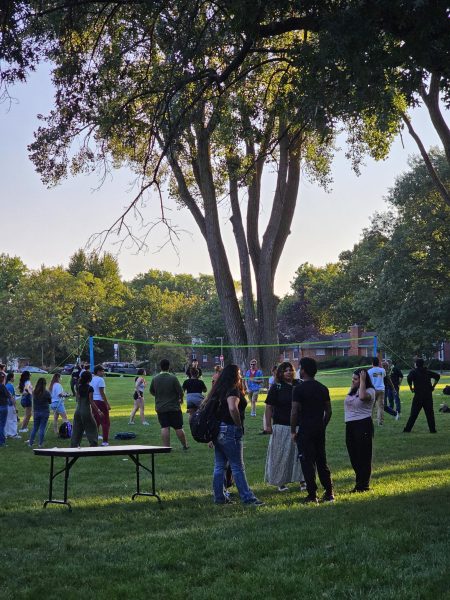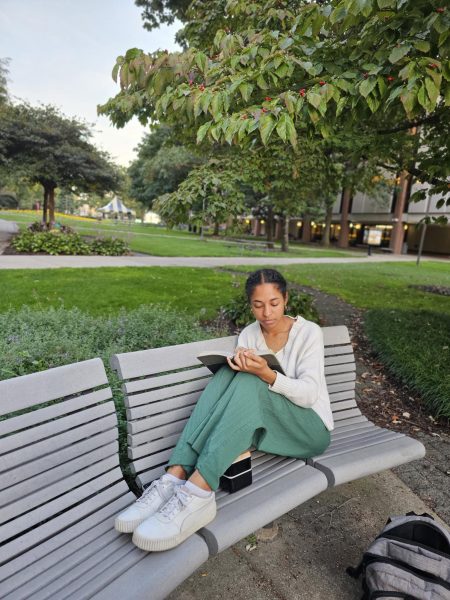COVID worries cause 32% decrease in dorm residents
Dorm life is different this year.
With so many students taking classes online, many opted out of living on campus this semester.
“We are 61% occupied, compared to 90% last year,” said Scott Iverson, executive director of housing.
In every dorm apartment, each student has their own room and their vanity spaces are socially distanced. Two wings of rooms were set aside to be used to isolate and quarantine students who become infected with COVID-19.
“The dorms and parking lots are pretty empty,” said nursing student Emily Vorst. “The good thing is there is front row parking all the time!”
Vorst has lived in the dorms during all three of her years at PNW. She has seen the changes firsthand: Students must wear face masks outside their rooms, everyone is checked in, social distancing is mandatory, use of the stairs is encouraged over using the elevators, common areas are closed and a new “no visitors allowed” policy creates a challenge for students who can no longer study in groups or see friends and family.
Iverson knows things have not been easy for dorm residents.
“The pandemic has been very difficult to manage,” said Iverson. “The uncertainty and fear that accompanied the initial onset of the pandemic was certainly understandable. New information was coming all the time, and still is. We have had to adjust and change course many times as we sought to keep our students and staff safe.”
Vorst said life and communication has become electronic and most events are now over Zoom.
“I know the dorms have no control over this and all these precautions needed, but I used to love living in the dorms,” she said. “Now it’s very lonely and frustrating with all these rules.”
Jackie Cabrera, a graduate communication student, lived in the dorms the last two years. She saw many students leave because of the pandemic – and the policy changes that were put in place.
“I stopped living there because I got COVID-19,” she said. “I had to stop working there and then I just moved out.
“I felt like it wasn’t worth the money I was paying,” Cabrera said. “There were a lot of rules and regulations [that] I didn’t agree with.”
Iverson understands the frustration.
“In a non-COVID world, we really emphasize those in-person, face-to-face interactions,” he said. “Now, those have become, to some, scary and uncertain. We love getting our residents involved in big programs like dances and carnivals with lots of people and inflatables.
”That is not possible right now,” he said. “We’ve had to learn, and we still are, what is the best way to keep our students supported in an environment that feels as safe as possible.”




